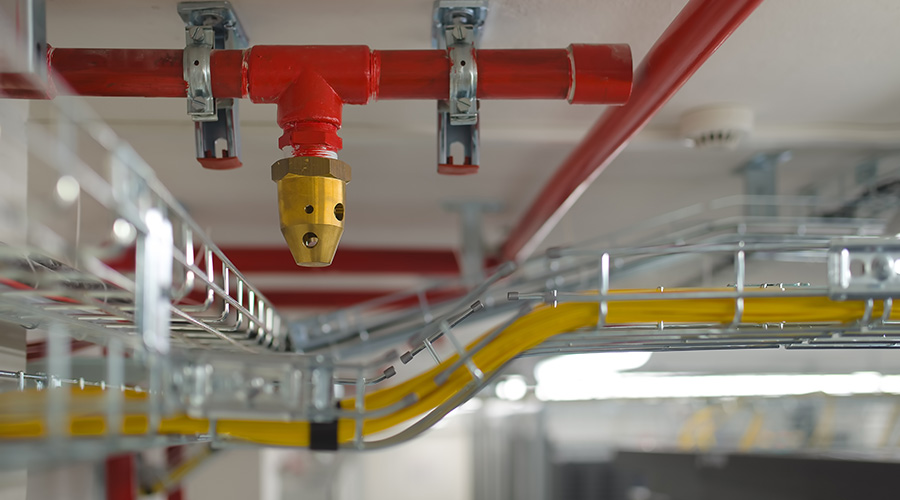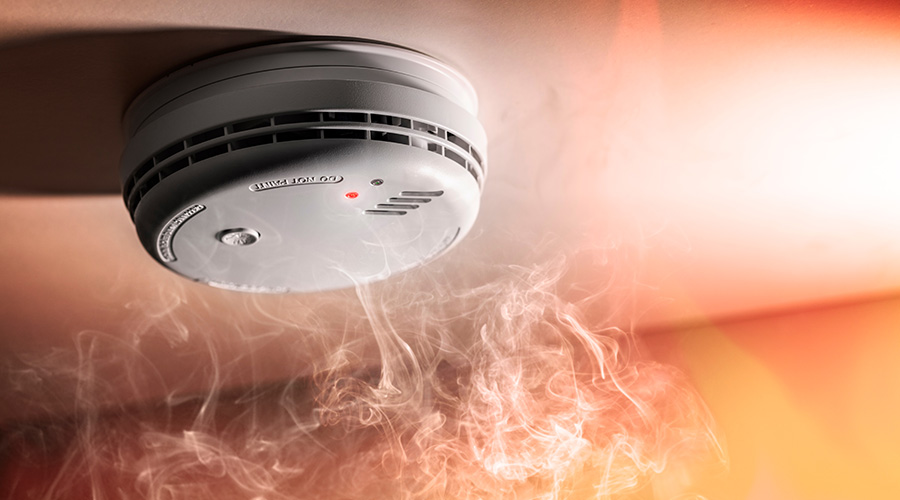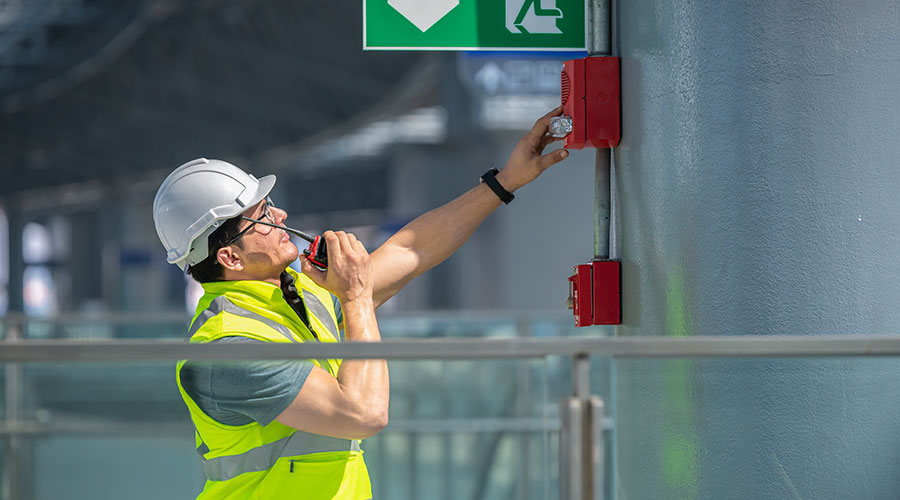Why Test New Fire Alarm Systems?
During my 42-year career as a design engineer I have tested hundreds of fire alarm systems — and only a handful of these systems were found to be fully functional as installed and ready to go at the time of the testing.
Fire alarm systems are supposed to be certified by the installer to be 100 percent complete per plans and specifications, fully functional, and ready for use prior to the building being issued an occupancy permit. Yet a lot of building permits are issued based upon random testing or a system printout indicating that all devices are functioning rather than a thorough examination.
Let’s face it: Design professionals are not infallible. Nor are the fire alarm system manufacturers, the installing contractors, the building owners, or the Authority Having Jurisdiction (AHJ). We all make mistakes because we’re human and products sometimes fail because, well, they are designed, manufactured, and installed by humans. But that’s all the more reason for building owners and operators to ensure a thorough test of fire alarm systems is performed. Especially knowing that most fire codes have been created as a result of a fire disaster where the loss of human life has occurred.
Above all, the design engineer of record, the AHJ, and the building owner are charged with the primary responsibility of protecting the welfare and safety of the public while they occupy the building. This responsibility should always be paramount when designing, constructing, testing, and maintaining a fire alarm system.
The journey of designing, installing and commissioning a fire alarm system follows a path that is governed by numerous codes on the national, state, and local levels. Since those codes are minimum requirements, the designer, and the building owner must determine how far to go beyond the minimum requirements, if at all. Along this design path there are code and budget issues to resolve, changes to the building structure, as well as the HVAC systems that all affect the system design. Larger scale projects of 100,000-gross-square-feet present the design engineer with a monumental challenge to keep abreast of all changes to the building and building systems in order to keep the fire alarm system code-compliant. The simple addition of a firewall during design or construction can trigger massive changes to the fire alarm system, as well as other systems.
Fire alarm systems have come a long way since the first ‘fire detector’ was introduced in 1863 by Alexander Ross. The evolution to today’s fire alarm systems has also increased the complexity of the systems. The majority of fire alarm systems installed for today’s buildings are of the addressable type. Each heat and smoke detector communicates its status to the fire alarm control panel over a wired network cable. The fire alarm control panel then makes decisions as to what, if any, action needs be initiated such as sounding the general alarm, notifying the monitoring service, shutting down HVAC units and closing associated smoke dampers, initiating smoke removal systems, releasing smoke doors, etc. These systems consist of hundreds, if not thousands, of components when you consider all of the circuit board components within the fire alarm control panel, as well as the addressable device components. Microprocessors alone can contain thousands of components.
Related Topics:













